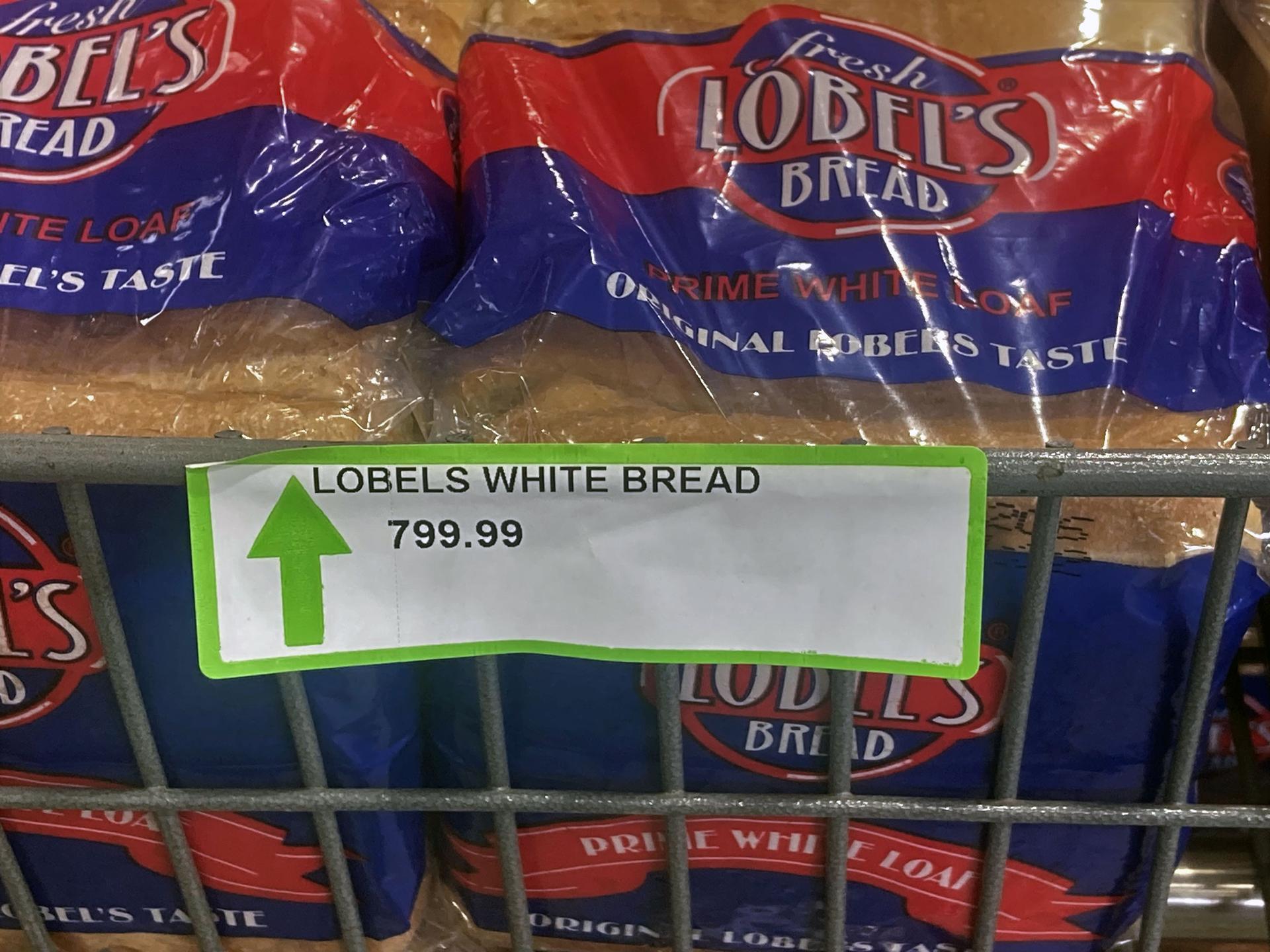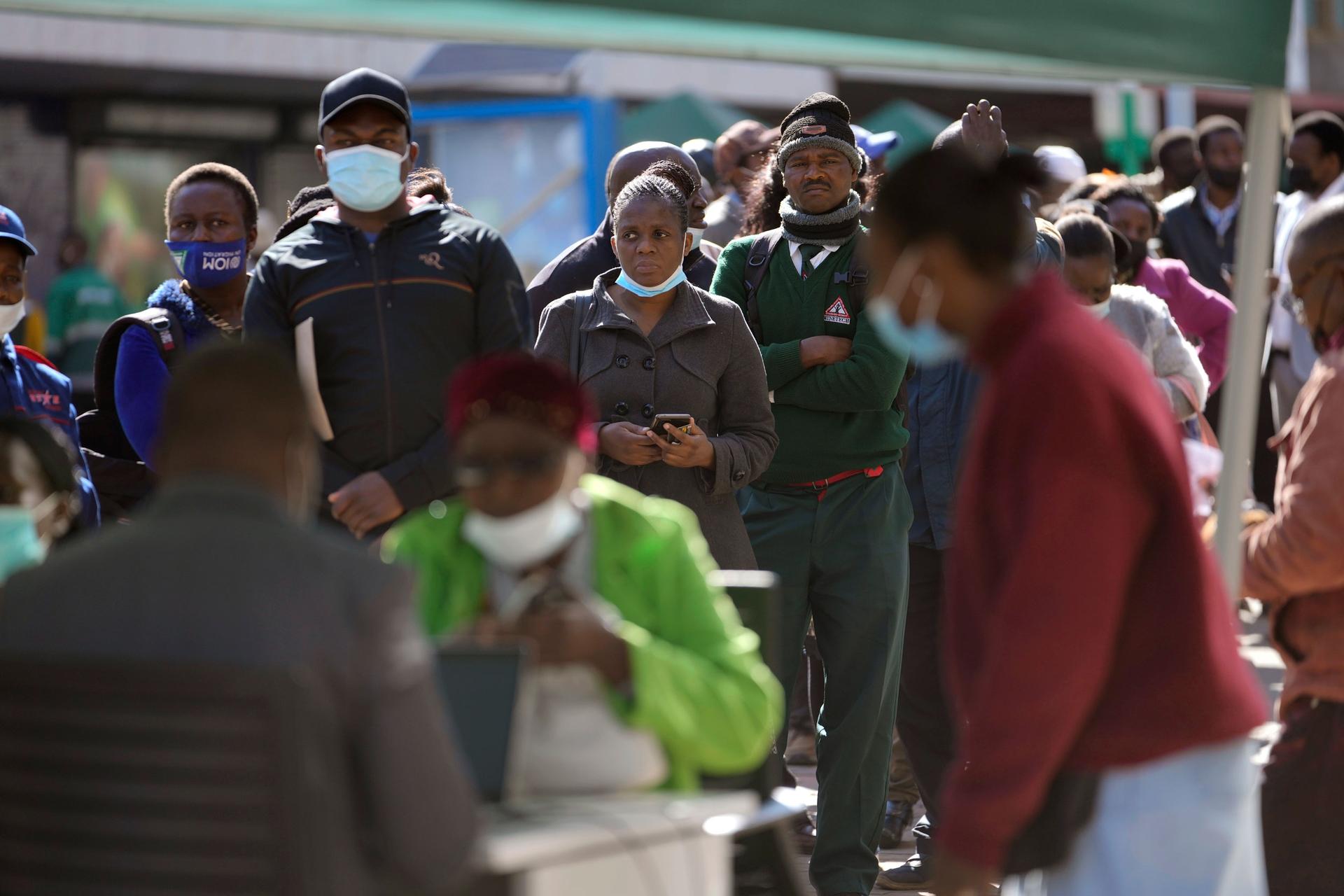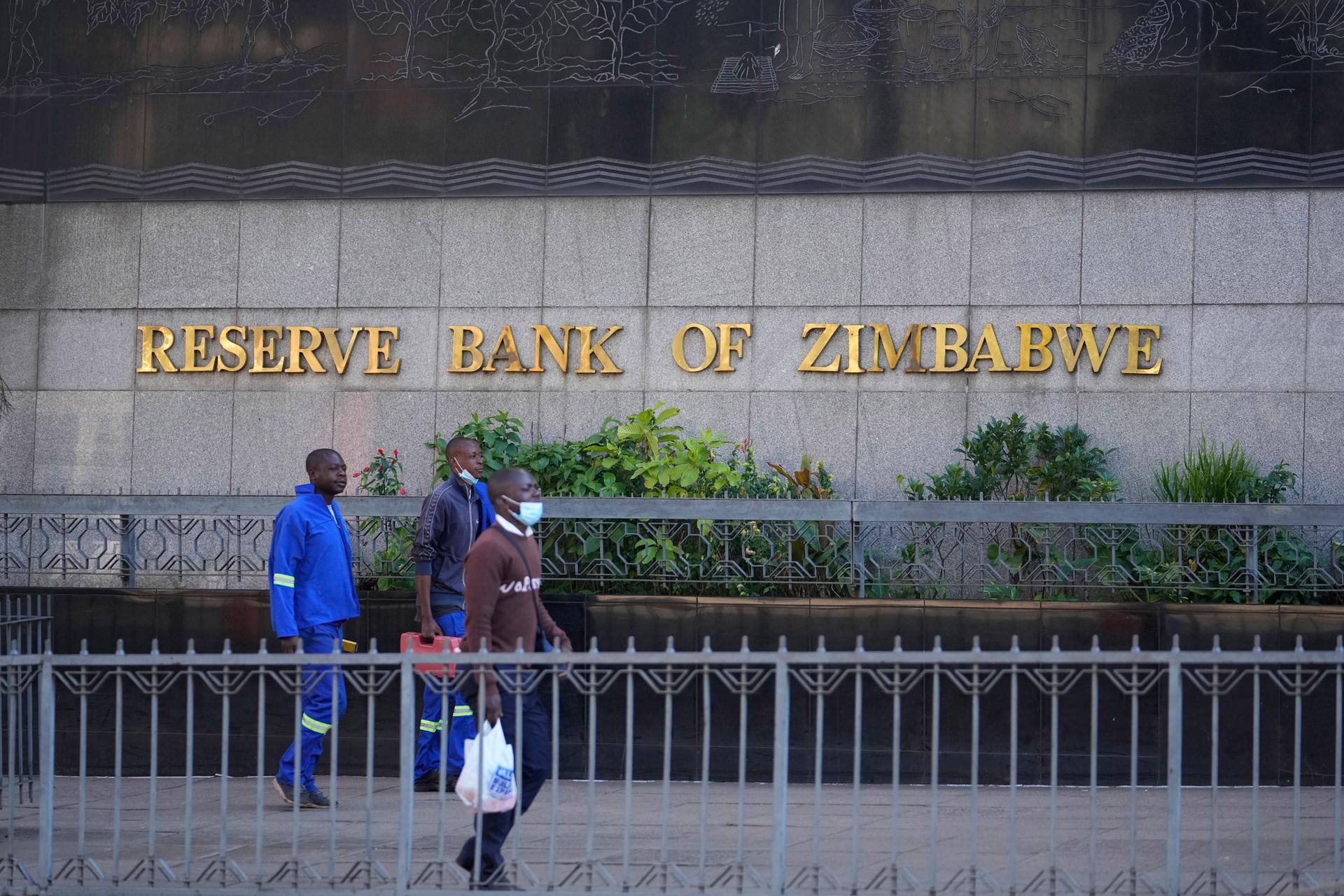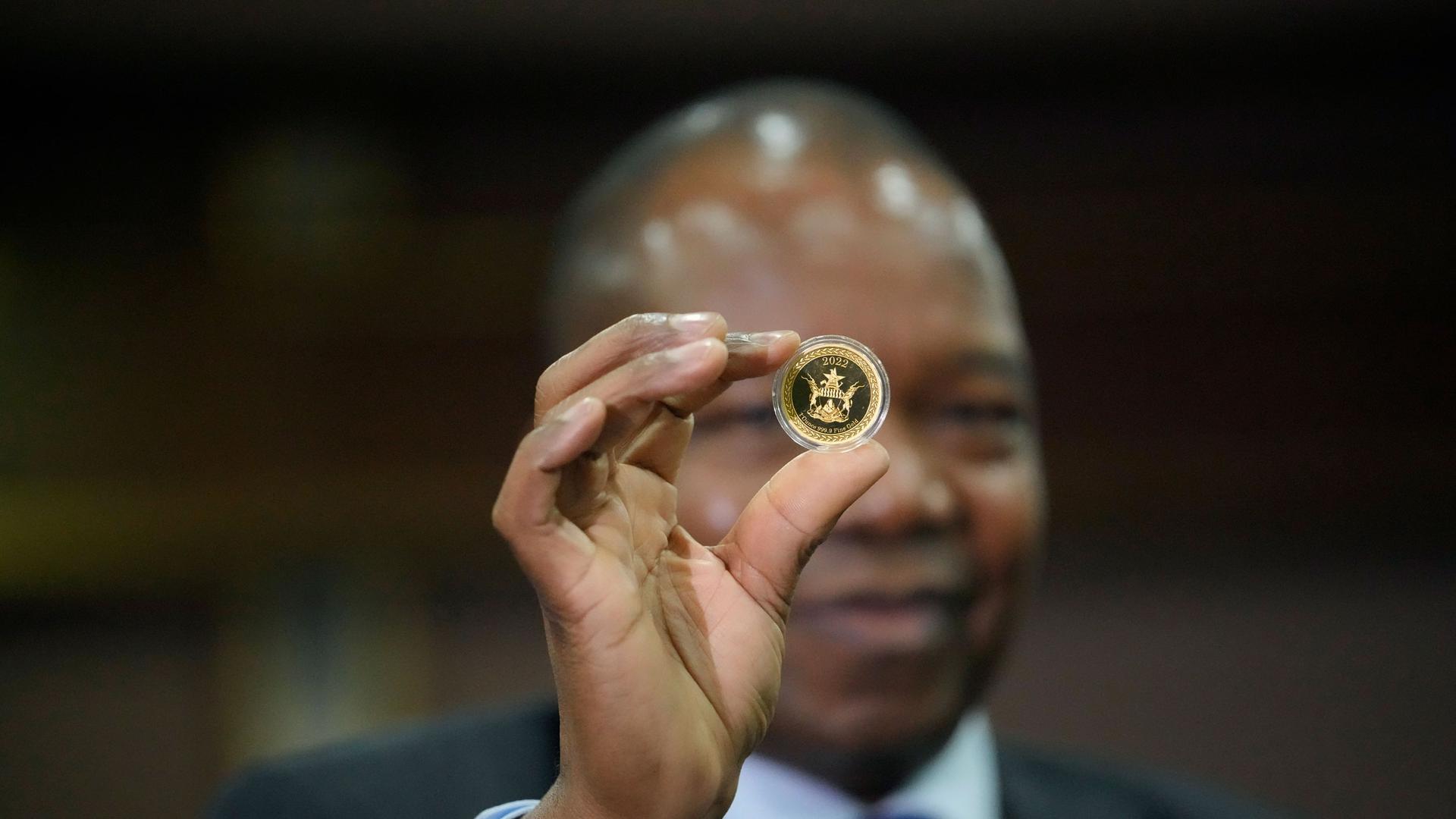In Zimbabwe, buying a loaf of bread these days can quickly add up. With inflation soaring at a high of 192% in June, some Zimbabweans are having to decide between bread or transport.
Fortune Moyo, a life coach, said that’s because banks are limiting withdrawals to just about 5,000 Zimbabwe dollars a week, which might sound like a lot of money, but the equivalent is about $11.
Moyo said he could buy about six loaves of bread with that money or pay for his weekly commute.
“It is money for transport; you want to go up and down for a week with public transportation, perhaps that may cut it.”
The oversupply of the Zim dollar and its rapid devaluation against the US dollar are cited as some of the drivers of inflation. This past week, the government launched a gold coin to try to ameliorate the situation.
The 1.1-ounce coin, dubbed Mosi oa Tunya, the Indigenous name for Victoria Falls, is priced at the prevailing international gold market rate plus a 5% production cost at about $1,823.80, convertible into cash locally and internationally.
The government’s rationale is that people will use the oversupply of Zim dollars in circulation to purchase the gold coins, reduce the number of bills in circulation and eventually stabilize the local currency.
The coin may be an attractive investment for companies that deal in cash, or individuals flush with cash — but many are dubious about the government’s plan to rein in inflation with the gold coin.
The price of a single Mosi oa Tunya is beyond the reach of most Zimbabweans. And, there is not much trust or confidence in any government-backed initiative.

A history of hyperinflation
This is not the first time that Zimbabwe has grappled with hyperinflation. In 2009, authorities stopped measuring it when it hit 231,000,000%.
Moyo said that today’s inflation is a far cry from the mid-to-late 2000s, when people lined up daily at ATMs to withdraw billions with little value. The government kept printing money and ended up with a 100-trillion-Zimbabwe-dollar-bill. It’s now a collector’s item.
“At that point, I was running a business. I remember I had close to 12, 14 bank cards, and I’d go to ATMs and withdraw from each account to have enough money for the day, not necessarily for the business, but for me,” Moyo said.
There was also a shortage of just about everything, partly because Zimbabwe imports much of its fuel, food and other essentials, and nobody outside the country accepts the Zim dollar. So, after lining up at ATMs to get their money, people would join another line to buy whatever was available in the shops.

Nakai Matema, a Harare filmmaker, remembered the price volatility when goods were available.
“You would go in for that can of baked beans, for example, you could walk around the shop, and the price you saw when you walked past it, has changed by the time you get to the till.”
In 2009, the government scrapped the Zim dollar and allowed the use of “a basket of currencies” including the US dollar, the British pound, the Botswana pula, the South African rand, and the euro.
Inflation plummeted, and the shops were full again.
After that financial disaster, the government shocked Zimbabweans when it brought back the local currency in 2019.
“The reintroduction of the Zimbabwe dollar was one of those [moments] where you raise your eyebrows. You are like, how is this going to work because all you are doing is printing paper, it’s got no value whatsoever, you are just flooding the market [with cash],” Matema said.
With the year-on-year inflation rate now at about 257%, according to the government, it hopes to alleviate inflation with its new gold coin. Like gold everywhere, it sells at rates set on international markets.
Retired economics professor Tony Hawkins said that normally, governments issue bonds to raise money, but that would not work in Zimbabwe because of hyperinflation.
“There is no way you are going to get people to buy bonds at whatever rate of interest.”

A gamble with gold
That economic reality has forced the government to gamble with gold, hoping it will curb inflation and currency fluctuations.
However, convincing Zimbabweans to invest in the gold coin may be a tough sell.
“I’d need an independent party that can authenticate whether it is actual gold or whatever percentage they are saying it is because someone could gold plate a coin and I have no means of authenticating it,” said Tate Kutsanzira, an accountant in Harare, who summed up the skepticism of many Zimbabweans.
Brian Mutandiro, a managing director of a medical insurance company in the capital, said that the idea is a good one, but that only sweeping policy changes, not the Mosi oa Tunya, will rein in the runaway inflation.
“It is a noble attempt because gold is a good store of value, but we need to start addressing the real problems; we need to start looking at the fundamentals rather than tinkering.”
Our coverage reaches millions each week, but only a small fraction of listeners contribute to sustain our program. We still need 224 more people to donate $100 or $10/monthly to unlock our $67,000 match. Will you help us get there today?
